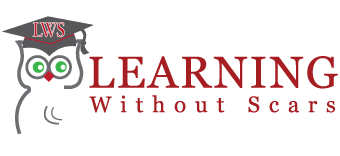There are some fundamental truths about people and their work: everyone wants to do a good job, everyone can do more than they think they can, and everyone is fundamentally lazy. In management and leadership we have to deal with people and processes. That is the job. You lead people and you manage the process.
The job of the manager or supervisor starts with the basic job function description and moves on to standards of performance. Everyone has to understand what is expected of them, as well as accepting that what is expected of them is both achievable and important. The various aspects of management as exposed in this powerful class.
In dealing with people, you also will need to be able to communicate with the employees. In this program, we explore two of the main forms of communications: praise and criticism. This part of interpersonal relations can be improved. These are skills that can be learned by following a simple plan. We discuss this plan in detail, which has many common elements with both praise and criticism to provide you with better ability in working with your employees.
